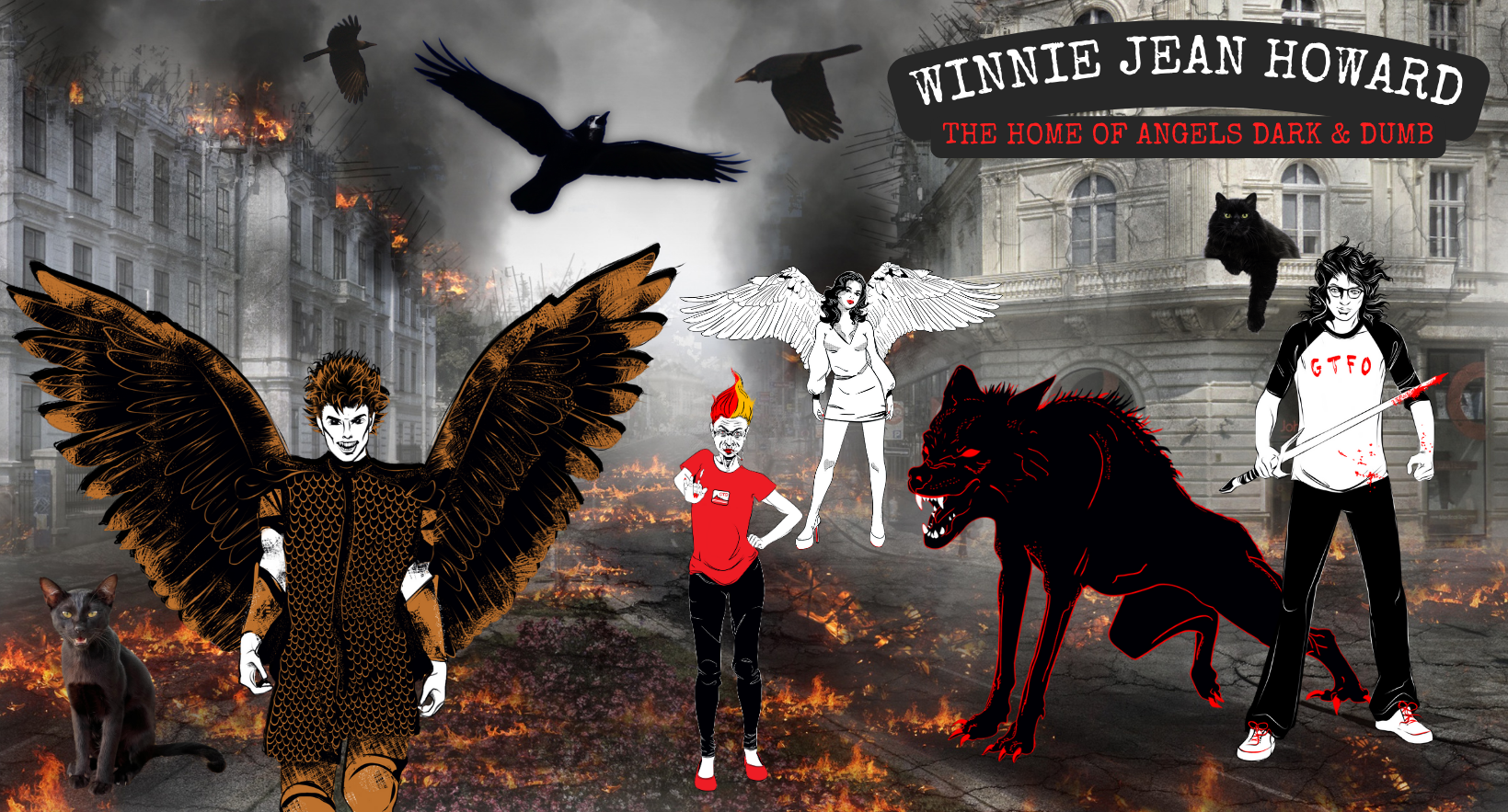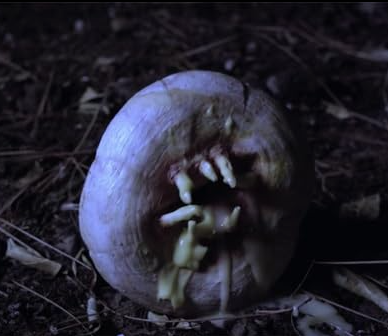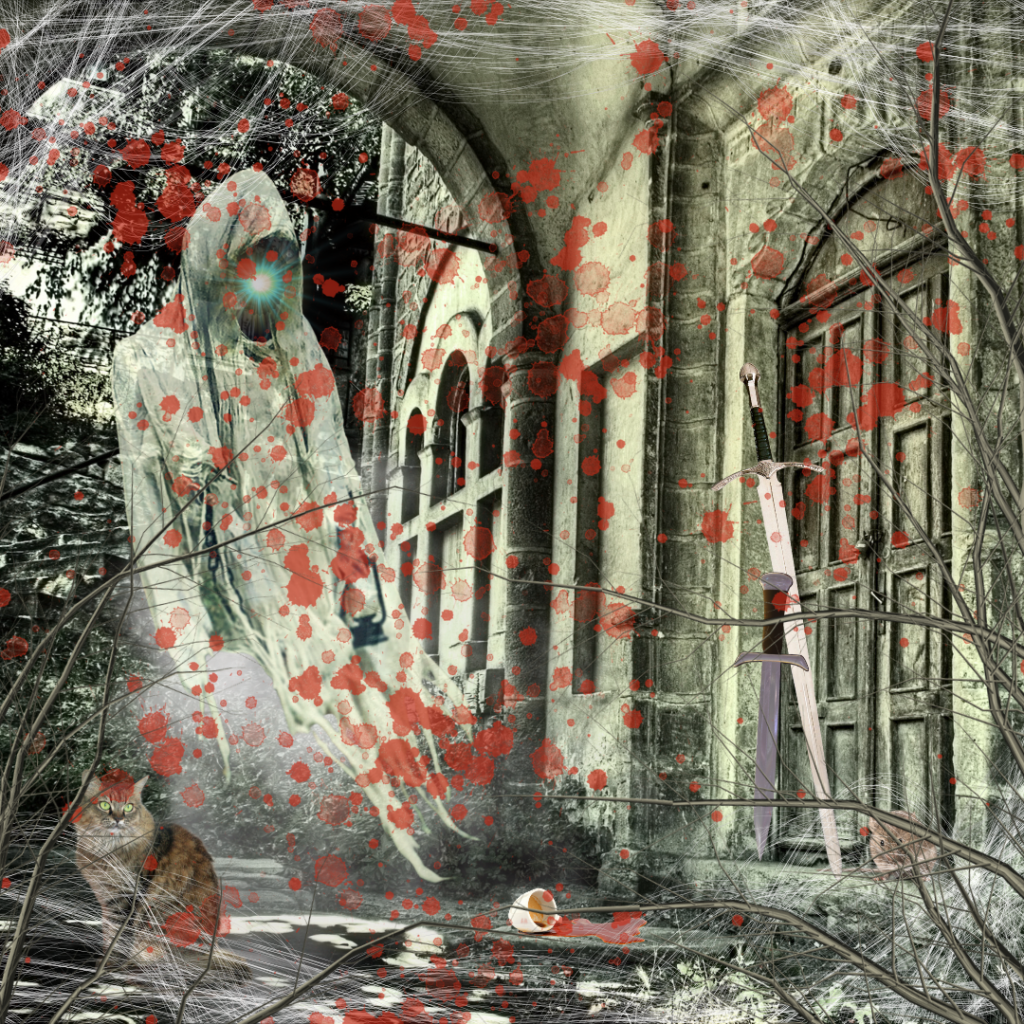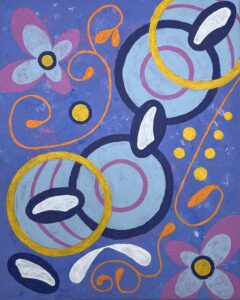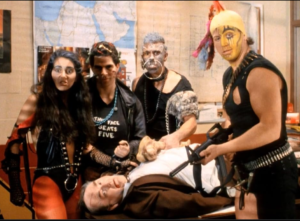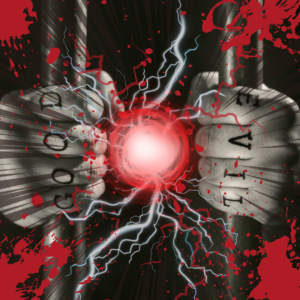
Yes, it’s been another month instead of a week. I’m trying. Anyway, a few weeks ago, I posted a remembrance to Shaun of the Dead on Instagram, and a week ago I watched Zombieland with my nephew (his first viewing), so I thought it fitting to write about both these movies I love so much!
Zombie comedies, or “zom-coms,” have carved out a unique niche in the horror genre, blending the thrills of the undead with humor that ranges from slapstick to dark satire. Just so happens that both movies are two of the most iconic films in this subgenre are Zombieland and Shaun of the Dead. They approach the zombie apocalypse from different angles, offering distinct flavors of comedy and horror.
American Wit vs British Satire
The obvious differences between Zombieland and Shaun of the Dead is their approach to humor, rooted in their respective American and British origins.
Zombieland, directed by Ruben Fleischer, leans heavily on American wit and over-the-top antics. The humor is loud and in-your-face, with a focus on physical comedy and quick, sarcastic dialogue. The film embraces the absurdity of the zombie apocalypse, with memorable scenes like the “Zombie Kill of the Week” and the Jesse Eisenberg’s obsession with survival rules and his general fears. I love this film for its fast-pace and action-oriented comedy.

Shaun of the Dead, directed by Edgar Wright, showcases British satire and dry humor. The film’s comedy is more understated, relying on situational irony, deadpan delivery, and clever wordplay. Shaun’s mundane life is hilarious in the middle of the chaos of the zombie outbreak, especially his being obliviousness to the surrounding danger.
Archetypes vs. Everymen
Another key difference lies in the characters and how they reflect their respective films’ tones.
Zombieland features exaggerated archetype characters. Columbus (Jesse Eisenberg) is the neurotic, rule-following survivor; Tallahassee (Woody Harrelson) is the gun-toting, zombie-killing cowboy; Wichita (Emma Stone) is the clever, independent con artist; and Little Rock (Abigail Breslin) is the tough, resourceful teenager. Each character is distinct and larger-than-life, contributing to the film’s high-energy vibe. Their personalities drive much of the humor, particularly in how they interact with each other and navigate the post-apocalyptic world.

On the other hand, Shaun of the Dead presents characters who are more relatable and grounded. Shaun (Simon Pegg) and his best friend Ed (Nick Frost) are average, unremarkable men caught up in extraordinary circumstances. Shaun’s journey is one of reluctant heroism, as he’s forced to step up and take charge in a situation that’s far beyond his usual scope of experience. The supporting characters, including Shaun’s girlfriend Liz (Kate Ashfield) and his mother Barbara (Penelope Wilton), add to the film’s focus on personal relationships and the mundane struggles of everyday life. Shaun of the Dead feels less like an action movie and more like a slice-of-life comedy that just happens to feature zombies and lots of blood and guts.
Road Trip vs Survival at Home
The settings of the two films are completely different considering one is on the road as I mentioned earlier and one is in a local town.
Zombieland follows a road trip, with the characters constantly on the move as they search for safety and Twinkies in a world overrun by zombies. They encounter a series of adventures with unique challenges and opportunities for humor. The film is fast-paced, and the journey is a key element of the story, emphasizing the thrill of the open road in the middle of a zombie apocalypse.
In contrast, Shaun of the Dead is more contained, with much of the action taking place in Shaun’s home, the local pub, and the streets of suburban London. The film’s focus is on the internal growth of its characters, particularly Shaun. As they make their way through the zombie horde and try to survive, life’s little dramas persist.
Action-Packed vs. Subtly Satirical

Finally, the overall tone of each film reflects their distinct approaches to the zom-com genre.
Zombieland is action-packed and fun, with a crazy entertaining tone. The film’s emphasis on rule-breaking, zombie-killing, and high-stakes adventures creates a sense of exhilaration that engages viewers from start to finish. It’s a film that invites you to sit on the edge of your seat and enjoy the ride.
On the other hand, Shaun of the Dead balances its humor with moments of genuine emotion and social commentary. The film’s satirical tone invites viewers to reflect on the absurdities of modern life, particularly the monotony and routine that can make even a zombie apocalypse seem like just another day. Characters face genuine loss and personal growth, making the humor more poignant and the horror more impactful.
Each film offers a unique take on the undead apocalypse. While Zombieland dazzles with its fast-paced action and larger-than-life characters, Shaun of the Dead charms with its subtle satire and relatability. They show that there’s more than one way to survive—and laugh through—a zombie apocalypse. Both films are must-watches, so introduce them to the younger generations because they are certainly timeless.
